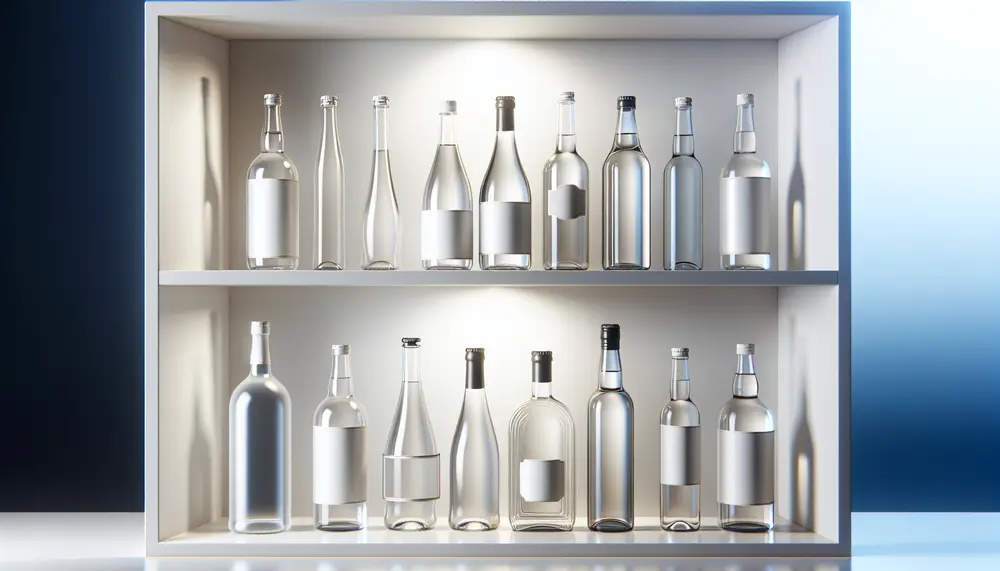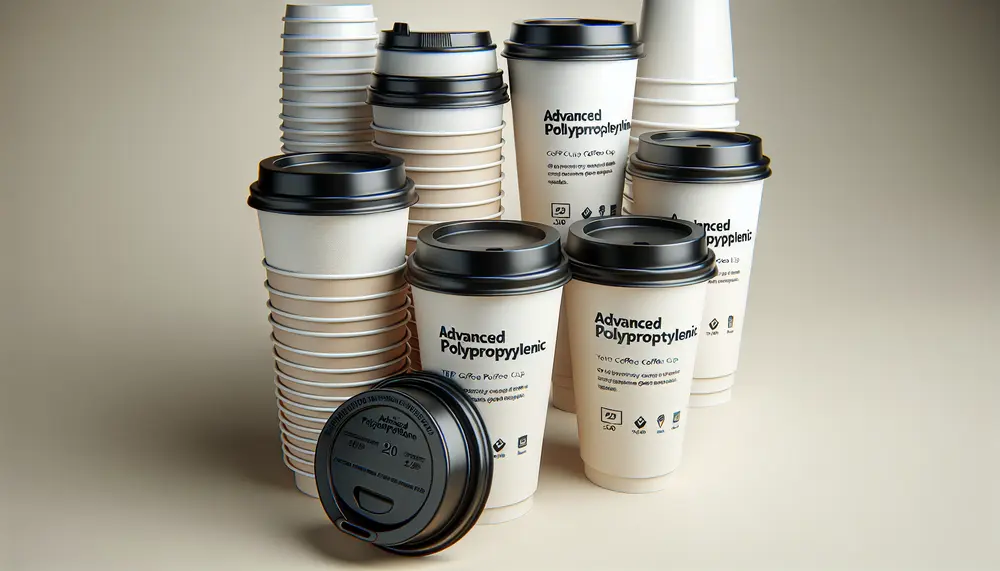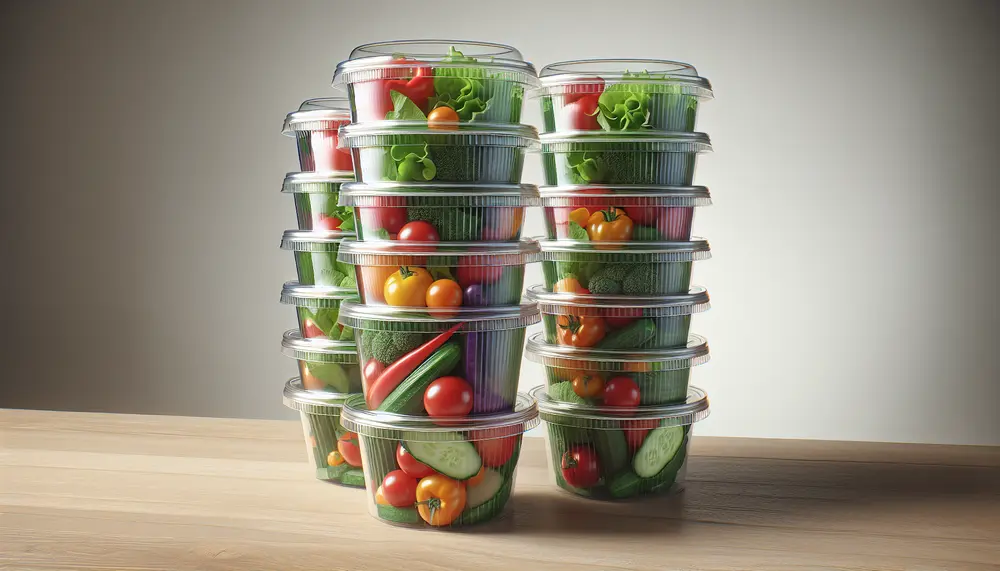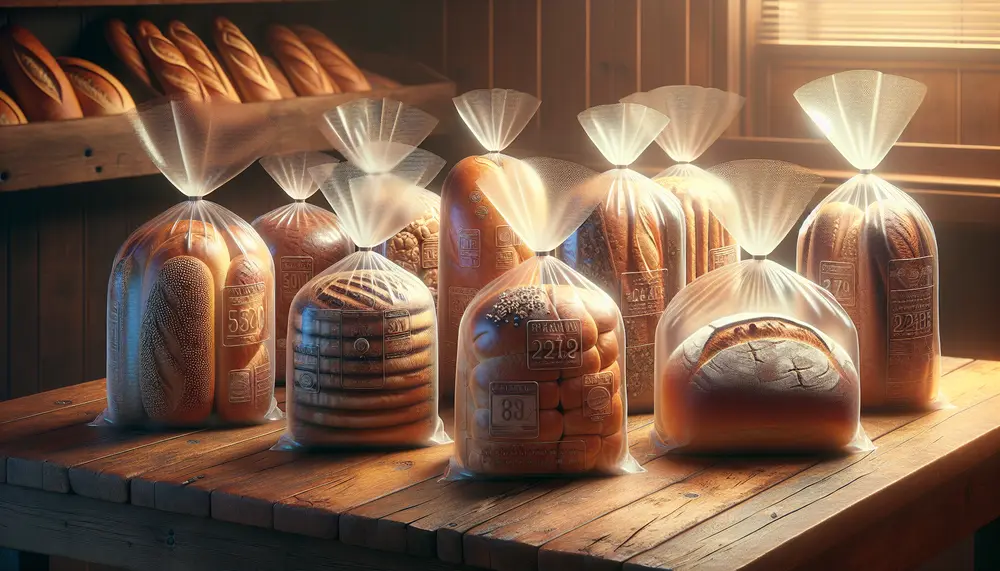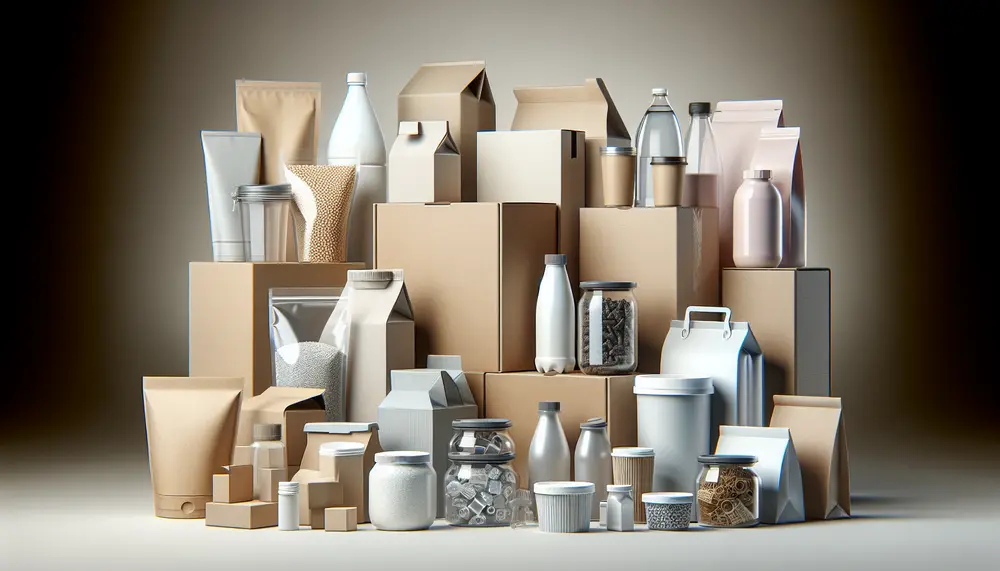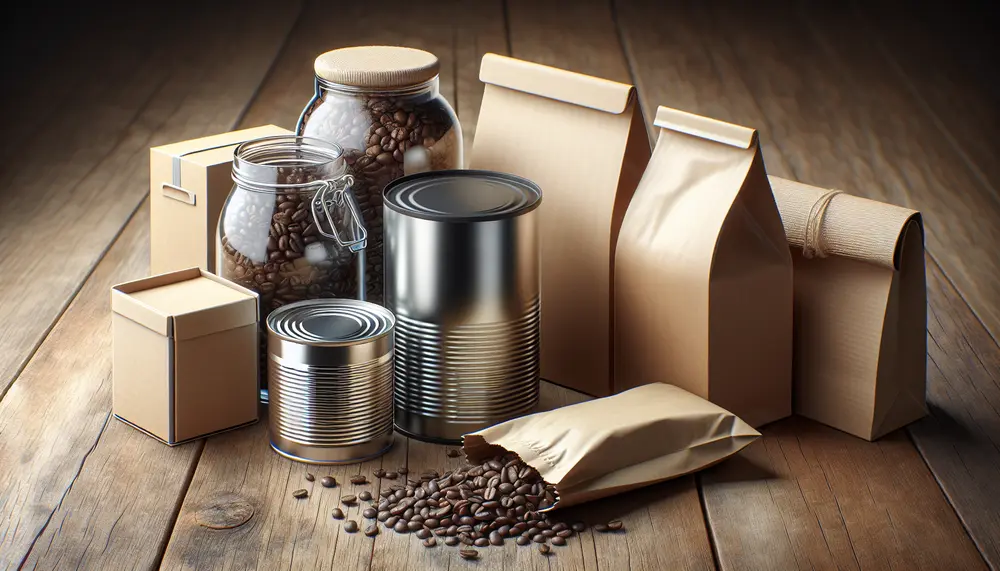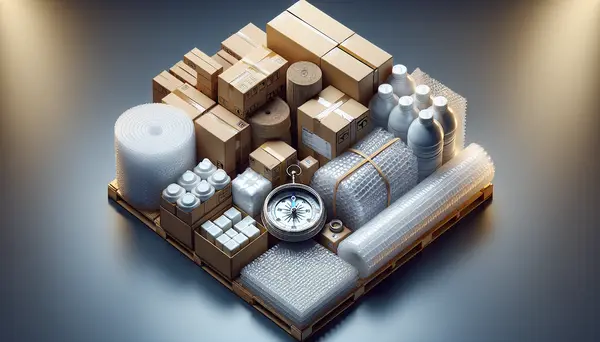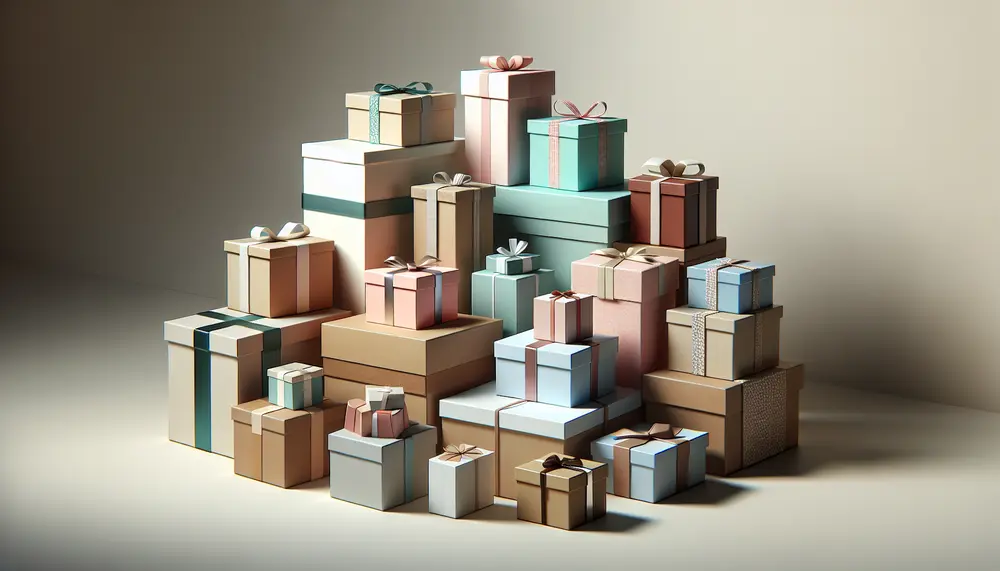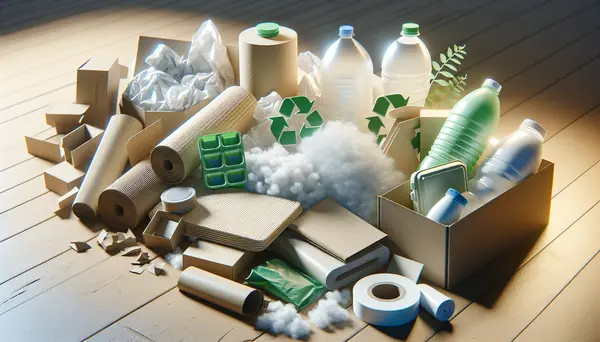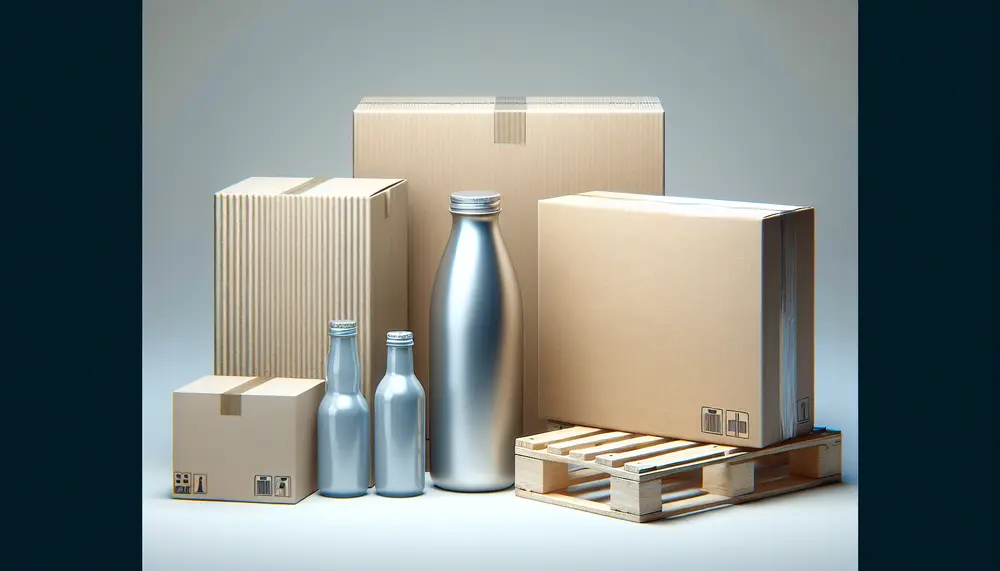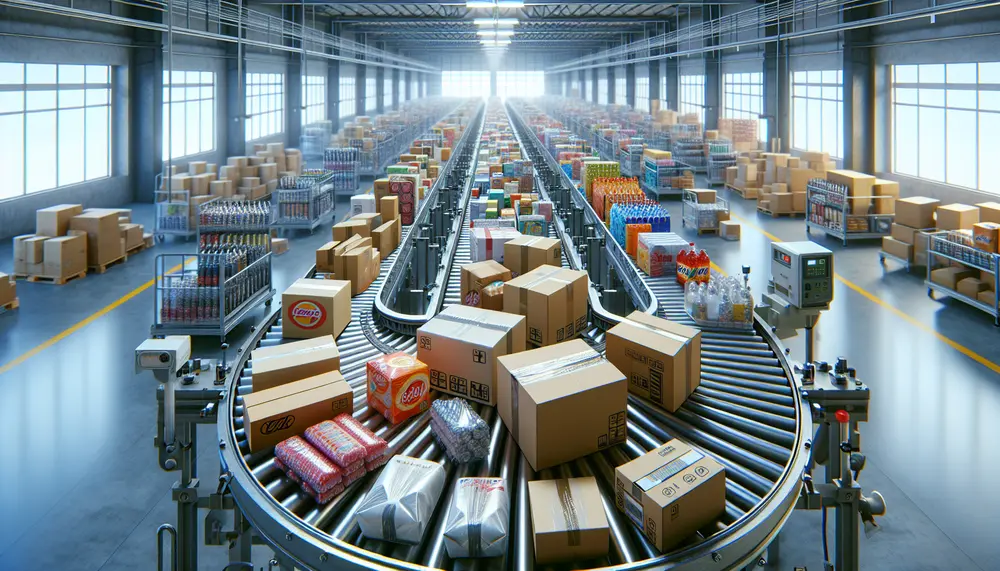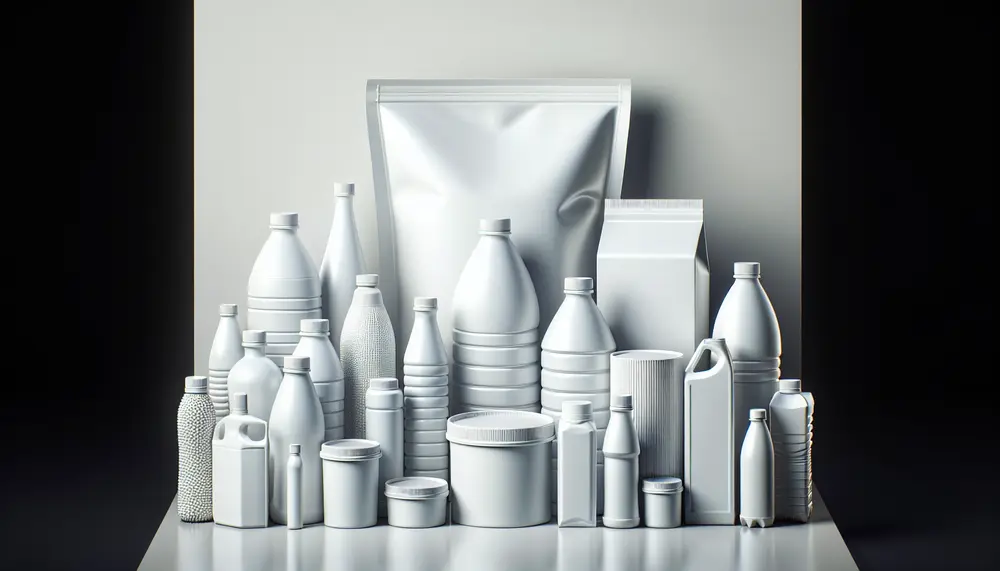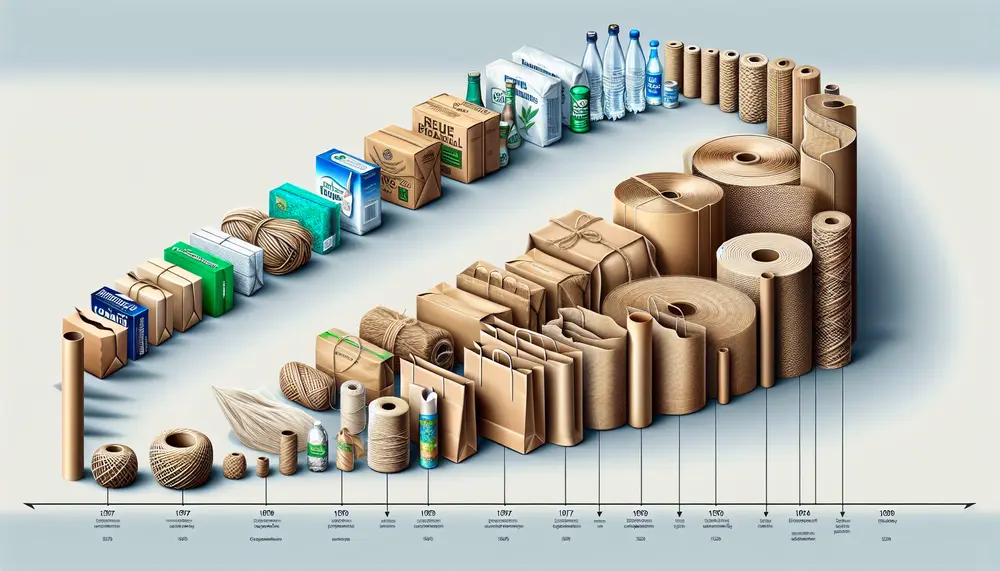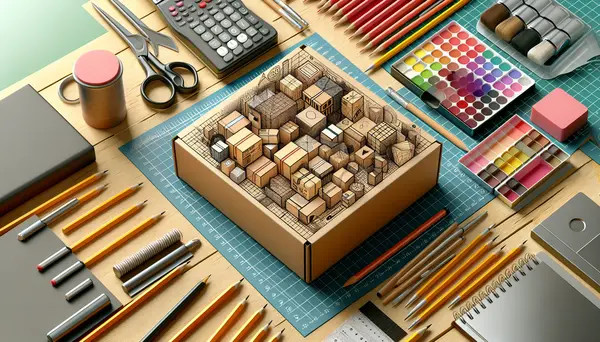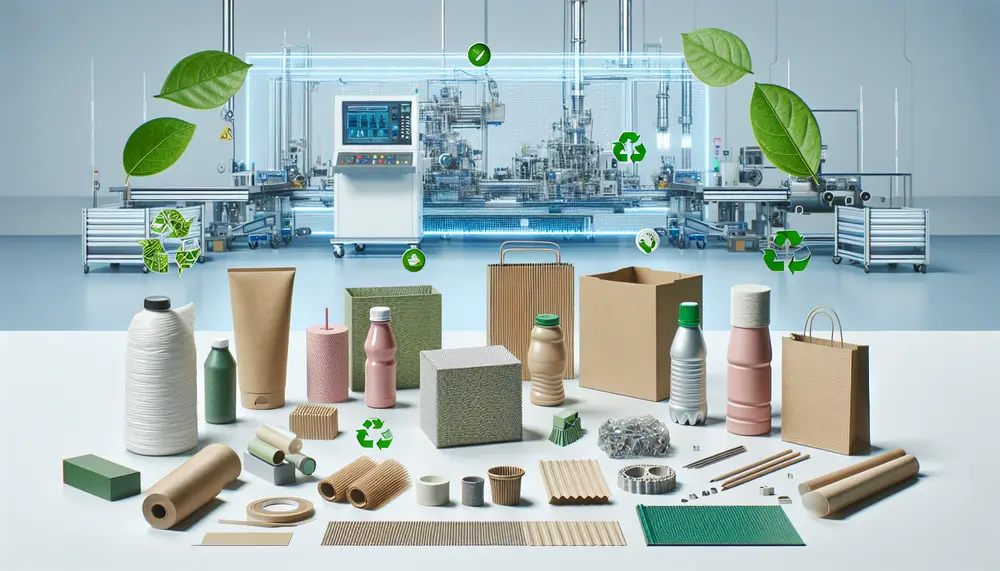Posts on the Topic Sustainability
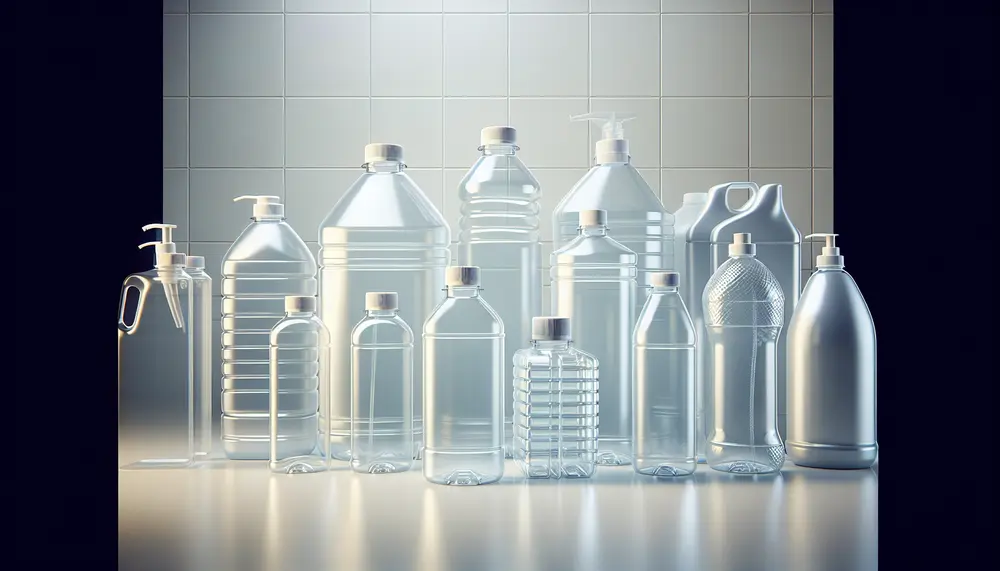
Plastic packaging for cleaning agents is designed to be chemically resistant and secure, with specific plastics chosen based on their interaction with the product's chemicals. Child-safe features like CR closures are essential for preventing accidental access by children. Eco-friendly plastic options...
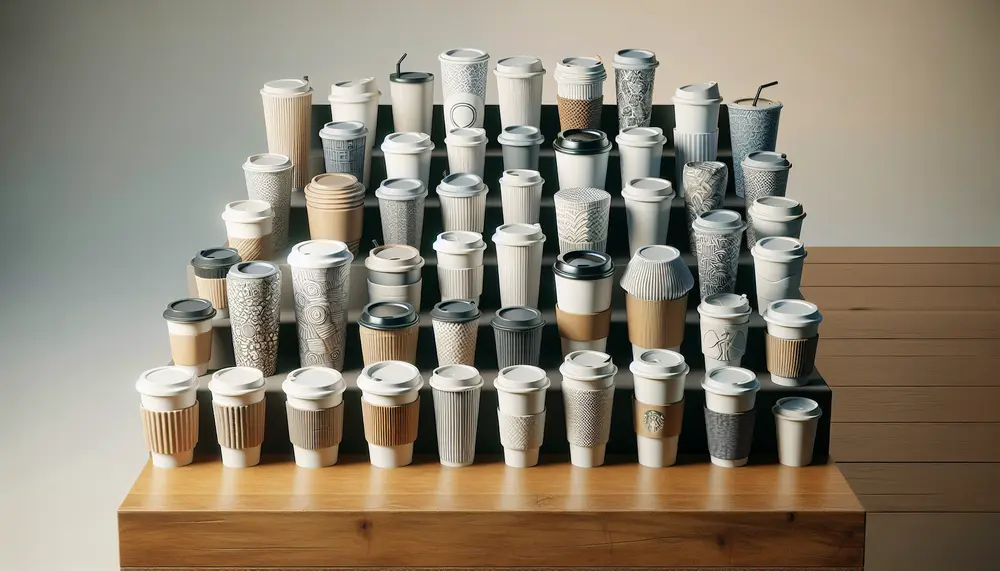
Modern coffee cups have evolved into a blend of design, utility, and culture with innovative materials for enhanced user experience and environmental consciousness. The market now emphasizes customization, style, and functionality as lifestyle accessories. Advancements in modern coffee cup designs integrate...
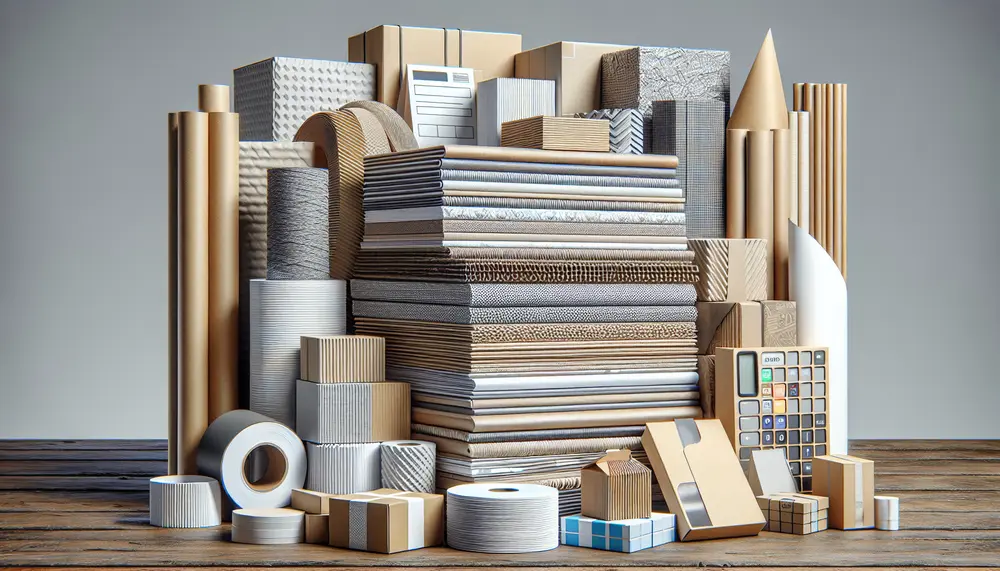
Duplex paper is a two-layered packaging material known for its printability and structural integrity, widely used across industries due to its visual appeal and sturdiness. It's also eco-friendly, being recyclable and often made from sustainable sources. Advancements in duplex paper manufacturing...
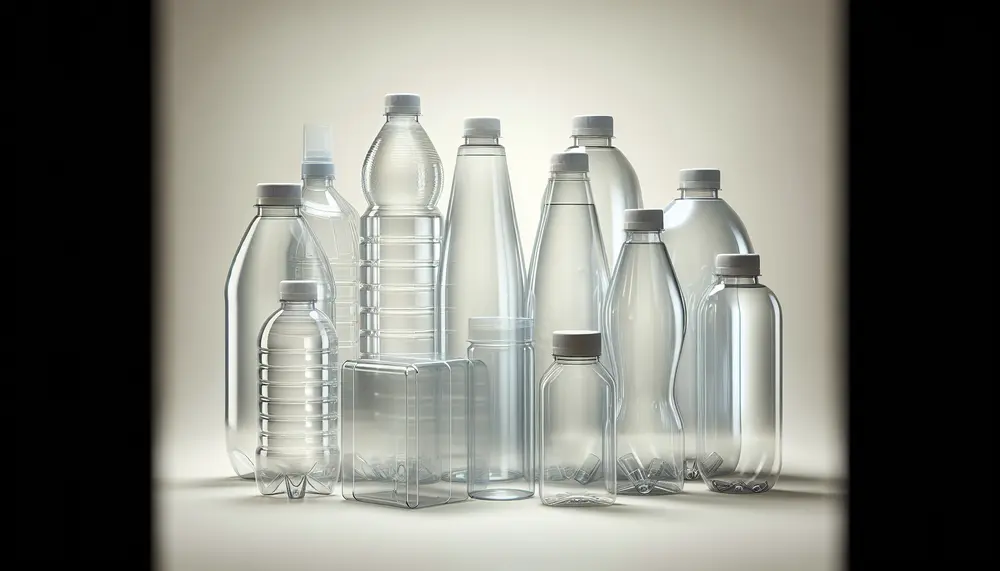
RPET packaging, made entirely from recycled plastic bottles and containers, offers a sustainable alternative with reduced carbon footprint and energy usage compared to virgin plastics. It supports continuous recycling in a closed-loop system, encouraging eco-friendly practices among consumers and industries...
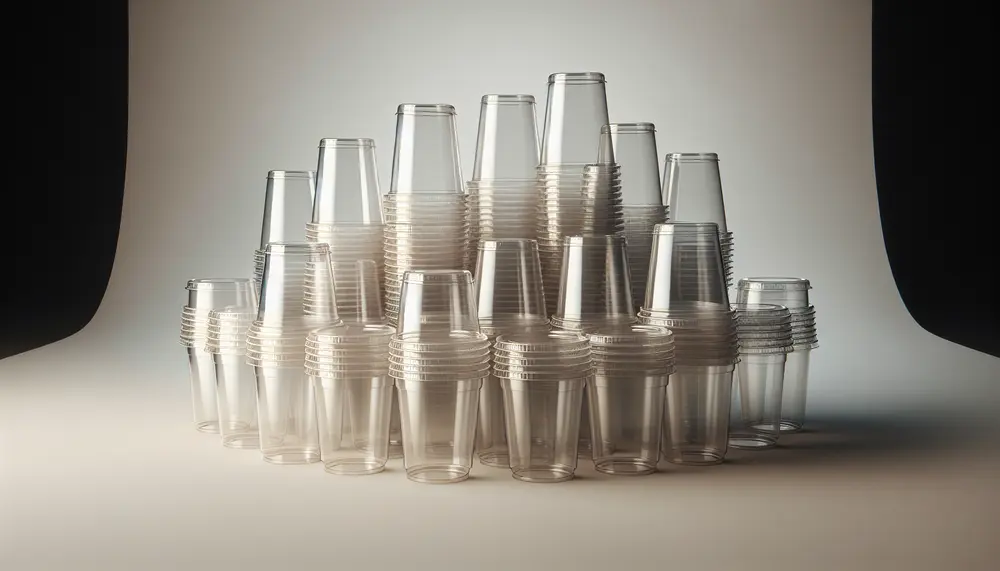
The introduction discusses the shift towards sustainable packaging with 100% RPET delicatessen cups, highlighting their role in reducing waste and conserving resources without compromising quality. The article explores how these eco-friendly containers support a circular economy by being recyclable and...
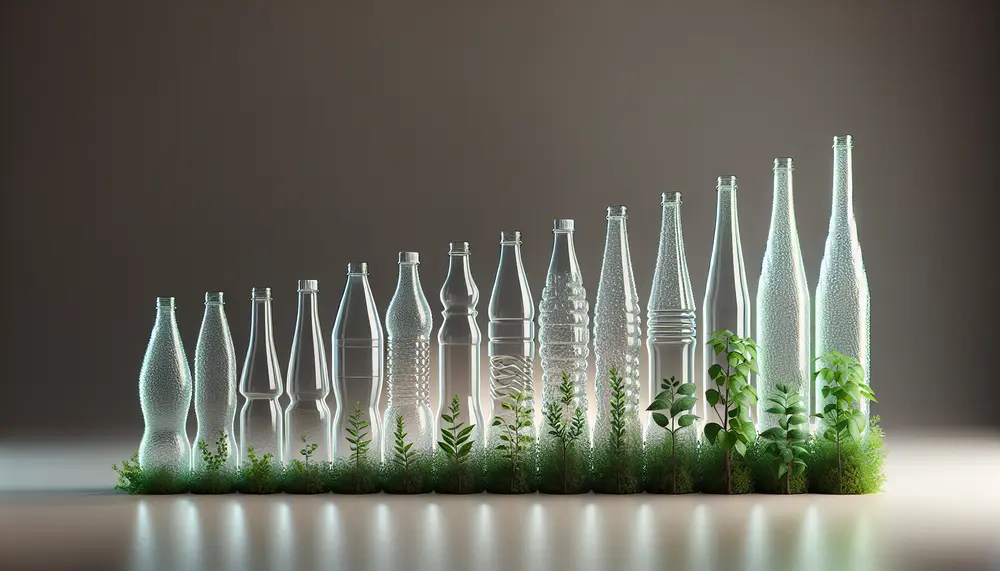
RPET stands for recycled polyethylene terephthalate, a sustainable packaging material made from recycling used PET plastics. It reduces reliance on virgin plastic and conserves resources while maintaining quality through multiple life cycles. The journey of RPET bottles involves collection, sorting, cleaning,...
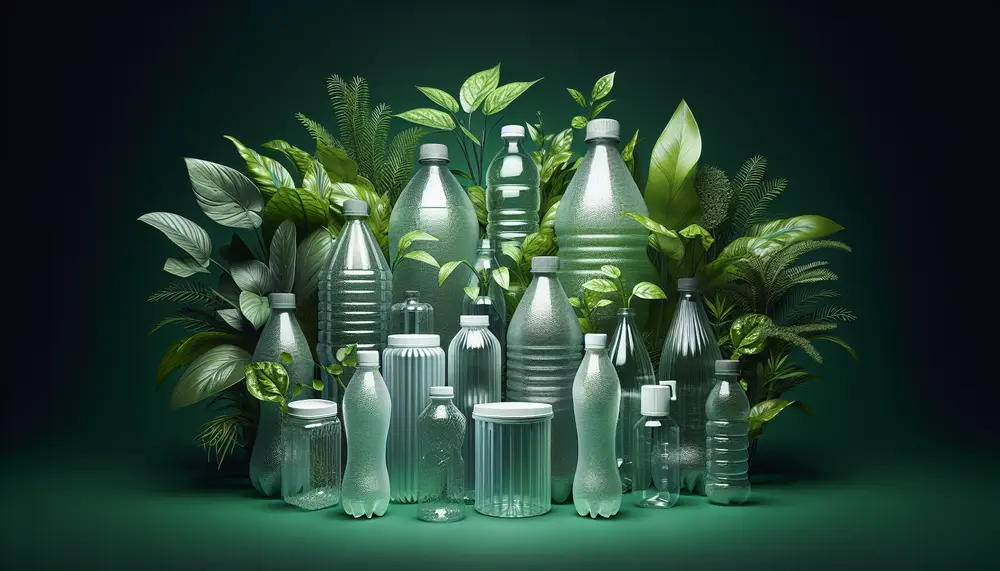
RPET (Recycled Polyethylene Terephthalate) is an eco-friendly packaging material made from recycled PET products, reducing landfill waste, energy consumption, and greenhouse gas emissions. Its adoption supports a circular economy by minimizing resource use and promoting recycling, but faces challenges like...
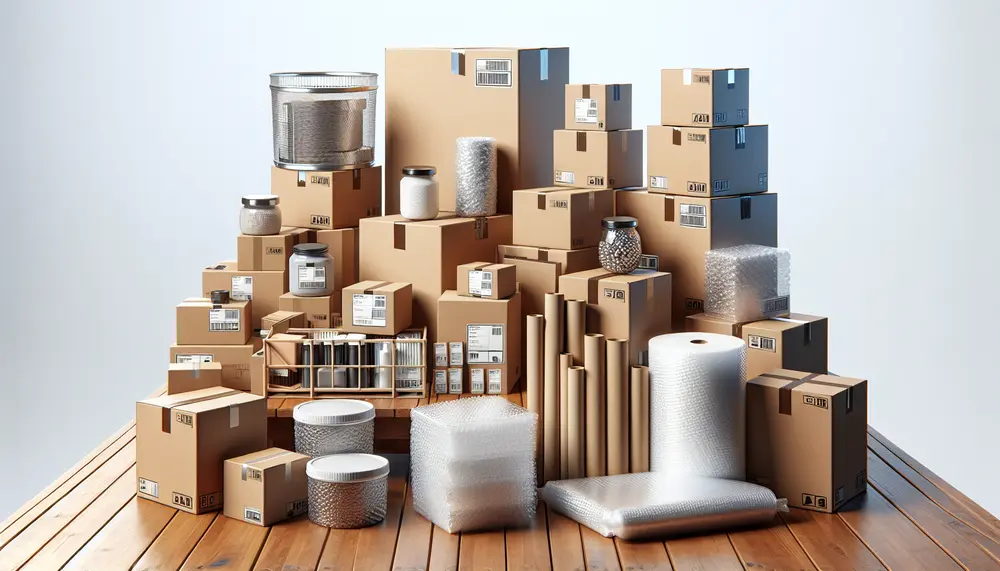
Packaging materials are essential for protecting goods from manufacturer to consumer, serving as protection and marketing tools. Different levels of packaging—from primary to auxiliary—along with factors like cost and environmental impact guide material selection, while advancements in technology offer a...
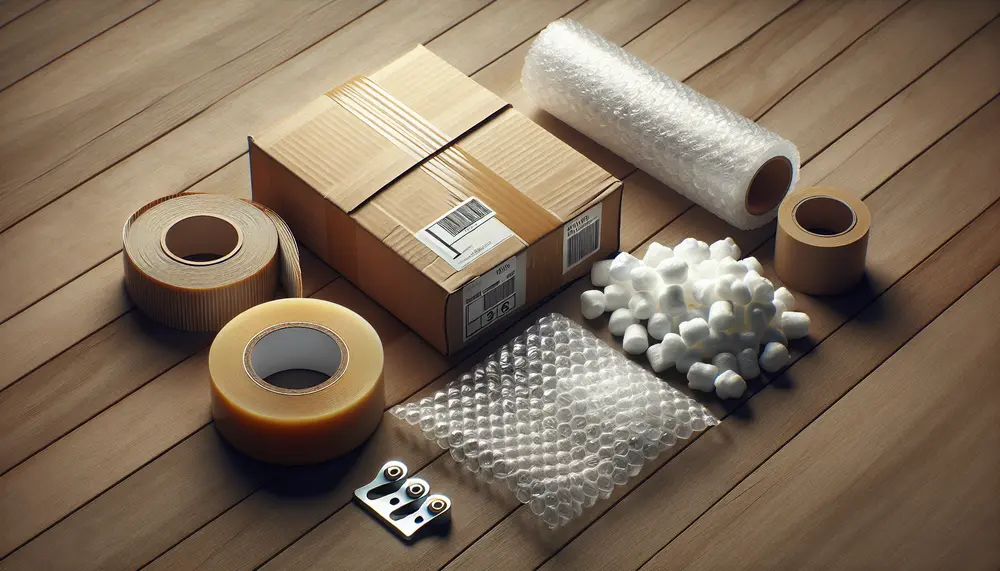
Packaging materials are essential for product protection, information dissemination, and marketing; material selection is based on factors like durability and sustainability. Plastic packaging offers versatility but faces environmental concerns, glass provides purity and recyclability, metal ensures strength and long-term preservation...
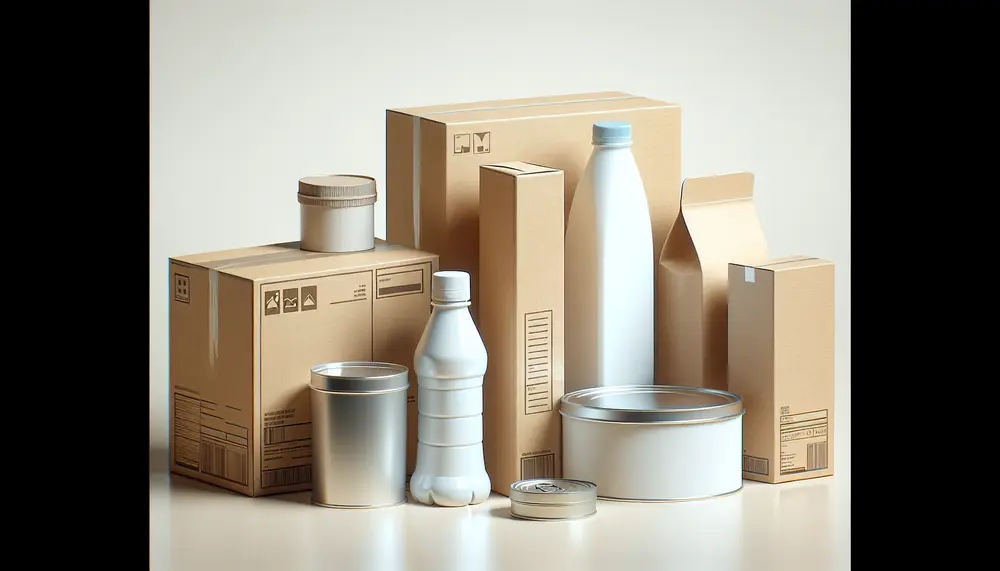
Packaging boxes are essential for product protection, branding, and environmental considerations; they vary in shape, size, material, serving different purposes. The three main types—foldable cartons, rigid boxes, and corrugated cardboard—are chosen based on the product's needs and customer experience....
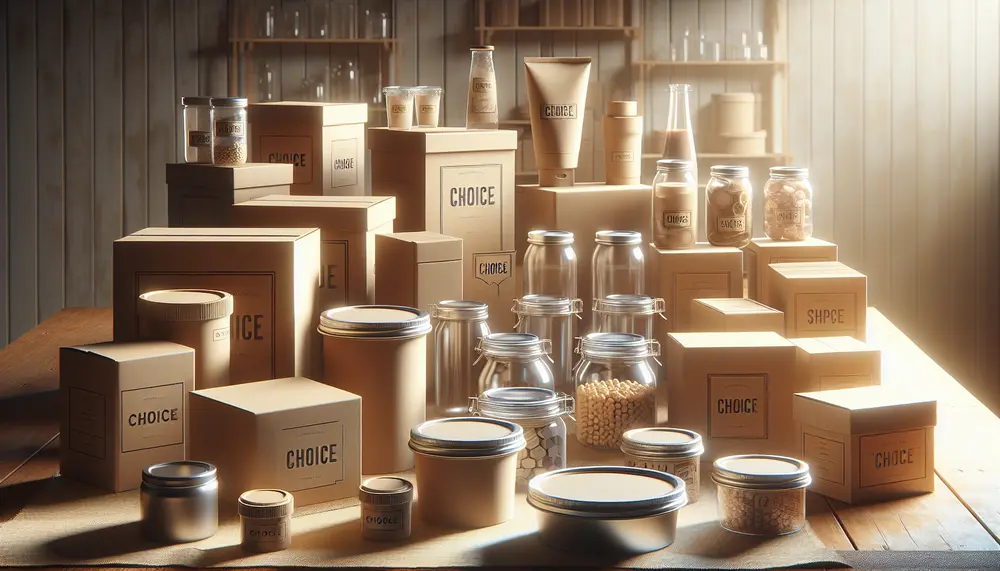
Selecting the right packaging for desserts is crucial as it affects freshness, safety, customer experience, and environmental impact. The three main materials—plastic, paper (cardboard), and aluminum—each have their benefits and drawbacks concerning durability, visibility, branding potential, sustainability concerns, and protection...
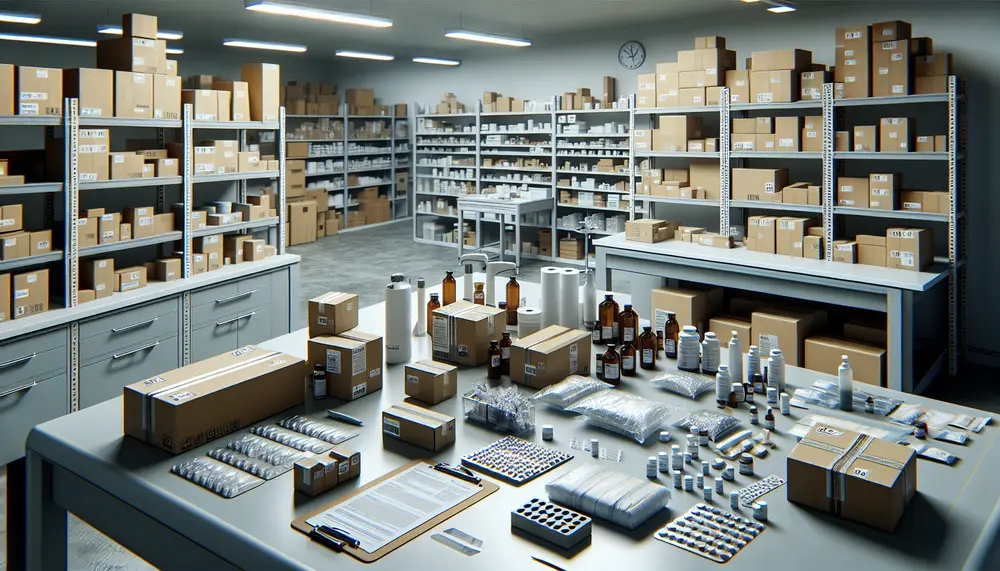
Packaging R&D involves innovating and improving packaging through material testing, prototype development, and performance analysis with a focus on sustainability. Companies like R&D Packaging lead in providing customized solutions that meet environmental standards while ensuring product safety. Innovation is key to...

Flexible and soft packaging materials are cost-effective, protective solutions that bend to fit contents; they combine substrates like plastics for barrier protection and branding. The industry is shifting towards these lightweight, customizable options due to consumer convenience, sustainability benefits, and...
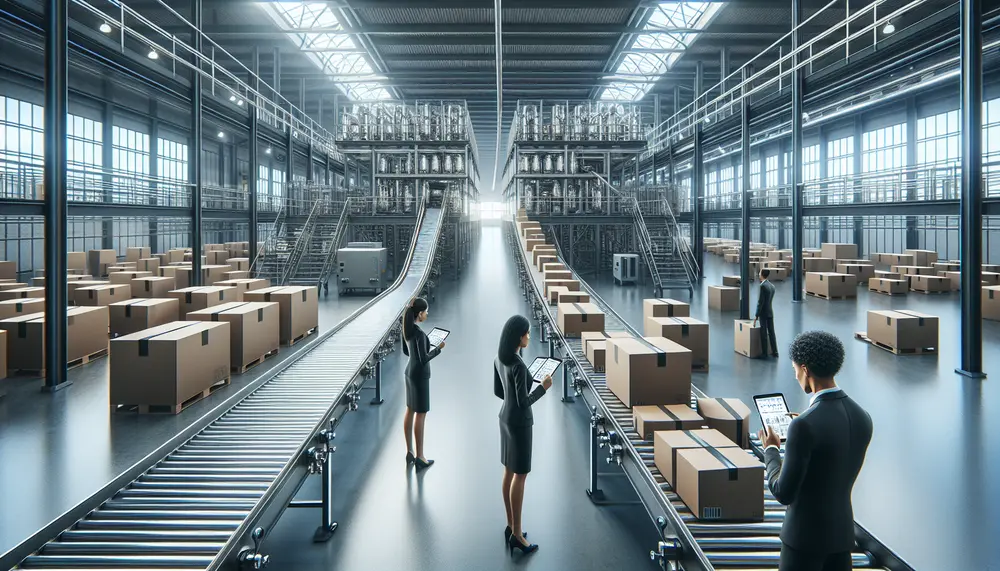
Packaging plays a strategic role in supply chain management, influencing efficiency, sustainability, and customer satisfaction. It involves considerations of design for protection, space optimization, branding, regulatory compliance, and the use of eco-friendly materials. Efficient packaging enhances supply chain flow by improving...
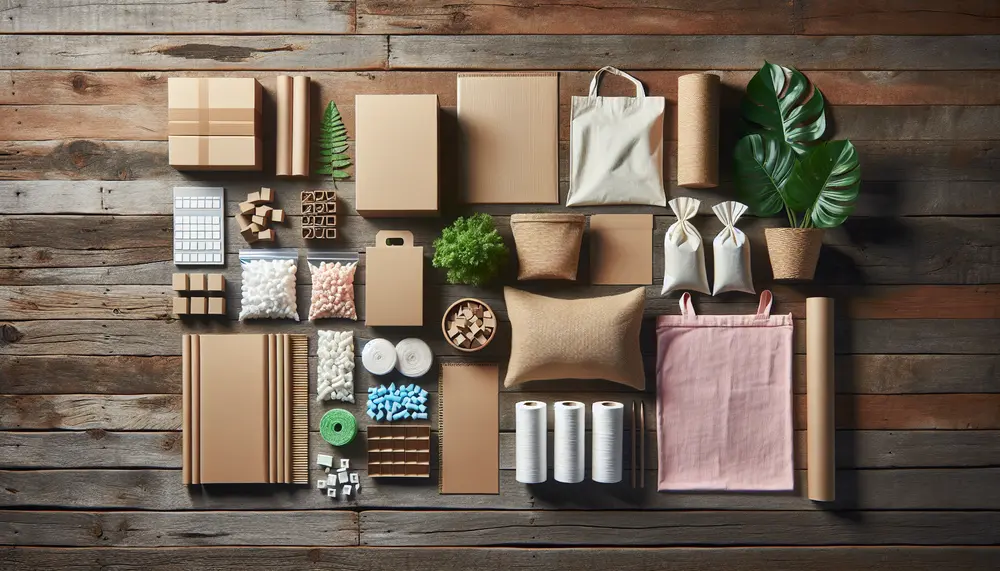
Sustainability in packaging focuses on reducing environmental impact through practices like using biodegradable materials and designing for reusability, aiming to align ecological health with business and consumer needs. Current trends include plant-based materials, minimalist designs, recycled content use, and advanced...
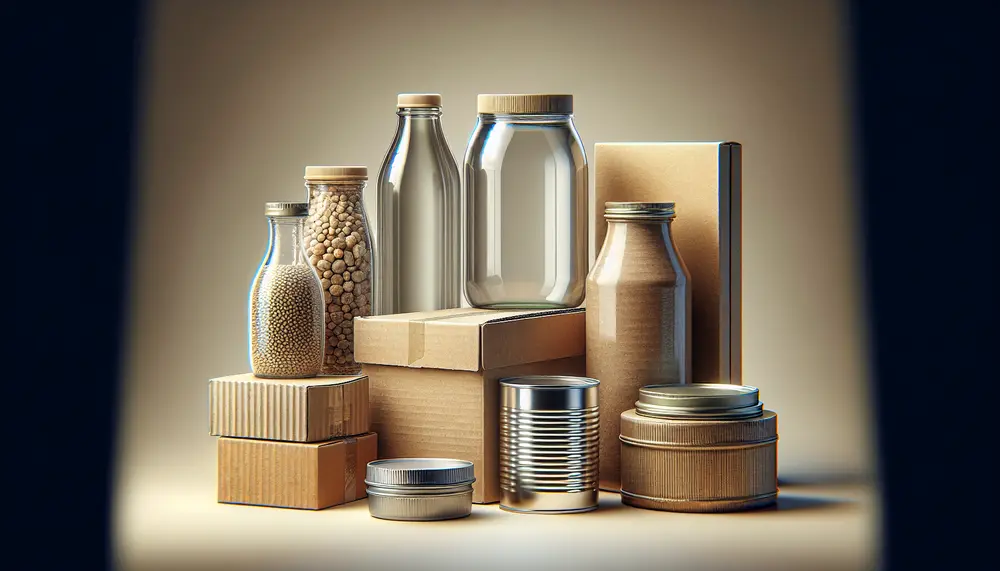
Food packaging materials are crucial for protecting food quality and safety, providing consumer information, and ensuring regulatory compliance. The choice of material depends on factors like the type of food, shelf life requirements, storage conditions, and environmental impact. Plastic packaging solutions...
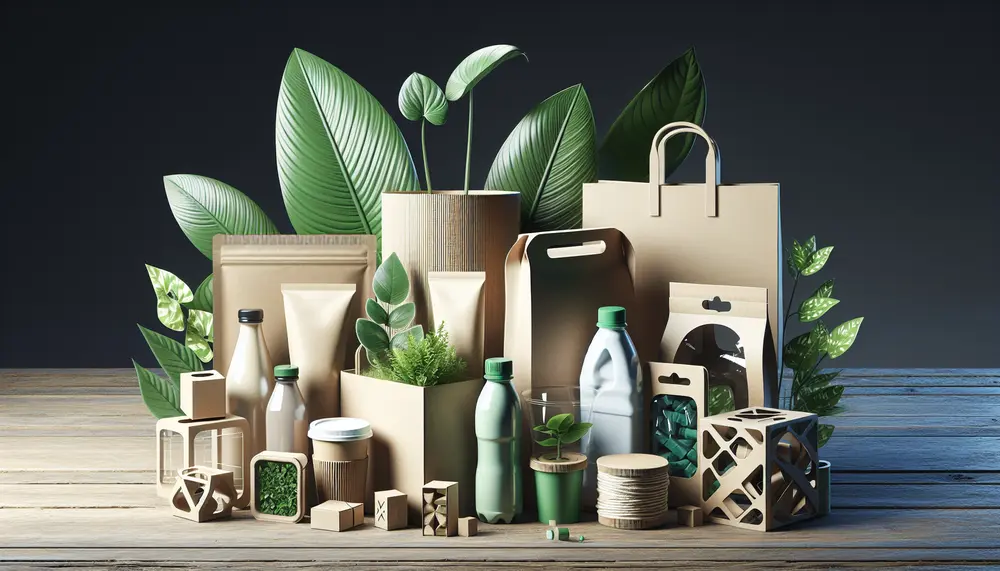
The Sustainability Awards for Packaging in Europe highlight innovative sustainable packaging solutions, emphasizing the industry's shift towards environmental responsibility as a core value. Winners are chosen based on comprehensive criteria that assess material efficiency, design for recycling, innovation, life cycle...
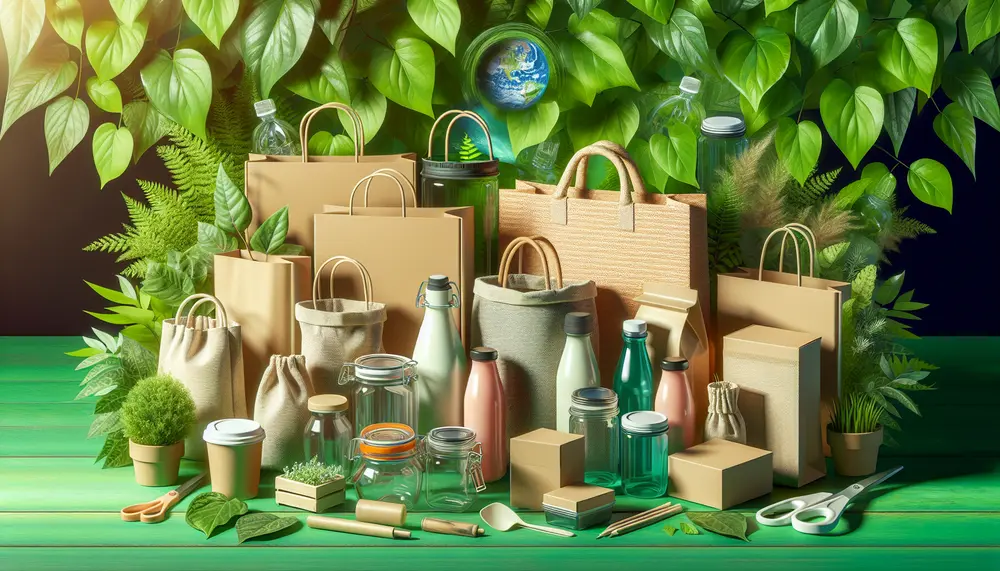
Sustainability in the packaging industry focuses on reducing environmental impact through a circular economy, optimizing supply chains, and aligning with consumer values for eco-friendly products. The industry faces challenges like waste accumulation and energy-intensive production but is shifting towards sustainable...
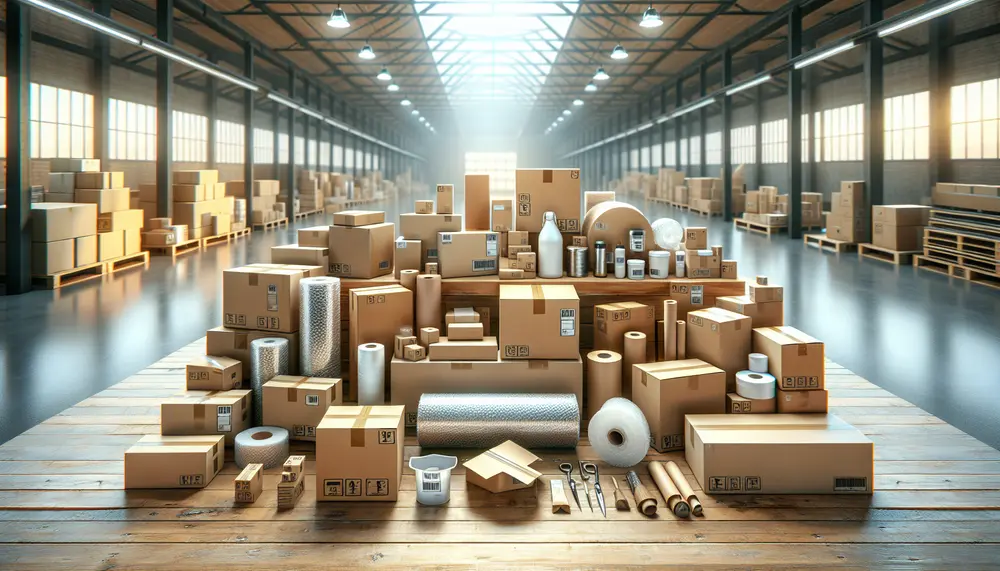
Packaging resources are crucial for product protection, quality preservation, consumer information, and branding; they include materials, design tools, services, and smart technologies. Businesses must tailor their packaging strategy to balance practicality with innovation by selecting appropriate materials and maintaining efficiency...
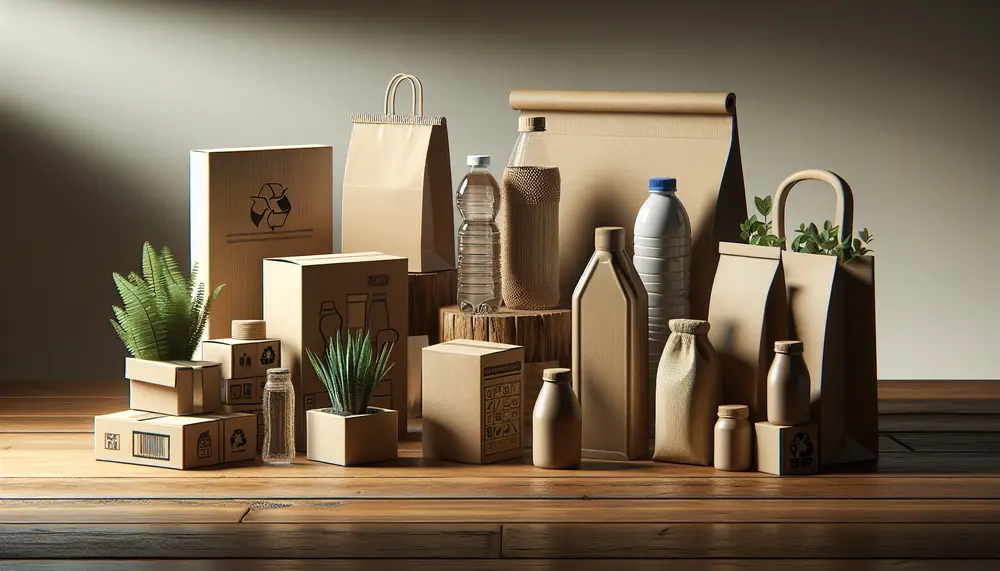
Innovative packaging ideas enhance brand storytelling and consumer engagement, with creativity being essential for differentiation in the market. Sustainable materials, personalization, and technology integration like QR codes and RFID/NFC tags are key trends driving innovative packaging solutions that offer functionality,...
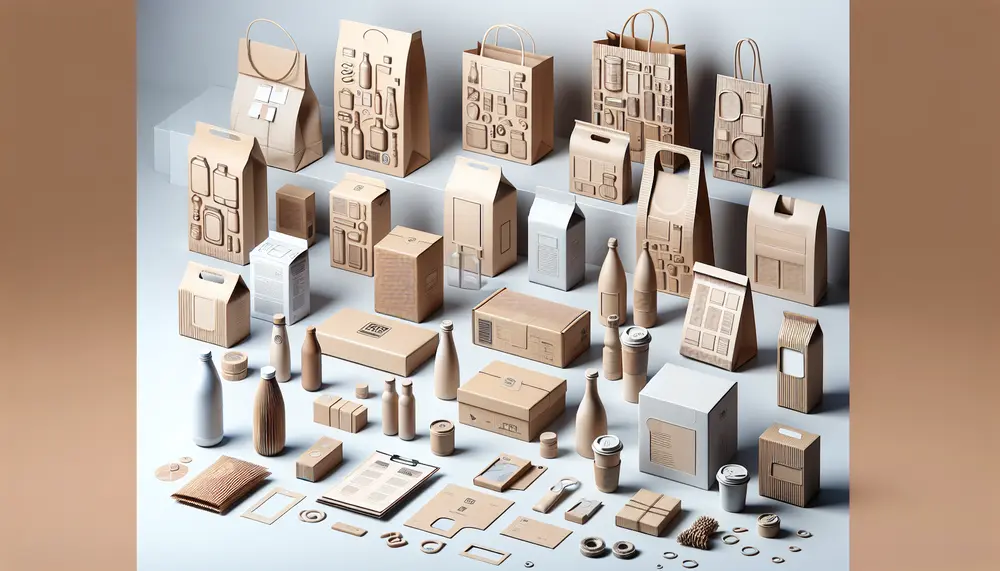
Packaging research and design are essential for aligning with consumer expectations, market trends, and environmental considerations to enhance user experience and brand loyalty. The synergy between research and creative solutions results in packaging that resonates emotionally with consumers while effective...

